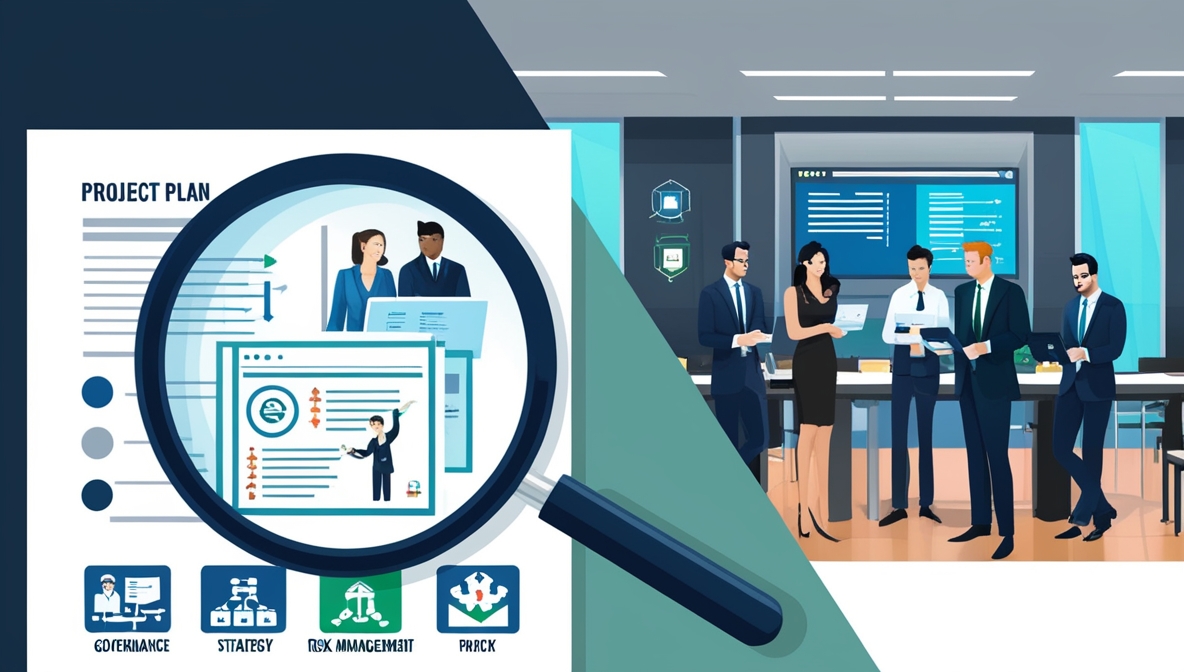Sample IT Modernization Assessment
This document details the assessment of an IT Modernization program. CIOs can learn the key elements of such an assessment and what to expect. (50+ pages)
Assessing application modernization efforts is critical for organizations to ensure their modernization strategies deliver expected benefits, such as improved performance, reduced costs, and increased agility. A comprehensive assessment should consider various aspects of the modernization process, from planning and implementation to post-modernization operations. Here are some key components of an application modernization assessment:
By conducting a thorough assessment of application modernization efforts, organizations can gain valuable insights into the effectiveness of their modernization strategies, identify areas for improvement, and make data-driven decisions to optimize their processes, enhance productivity, and ensure the successful delivery of modernized applications.
This document details the assessment of an IT Modernization program. CIOs can learn the key elements of such an assessment and what to expect. (50+ pages)

This case study explores the critical aspects of conducting an independent project assessment for large-scale implementations. It covers governance, strategic planning, risk management, and practical recommendations to ensure project success. Learn how these insights can be applied across industries to enhance project outcomes.. (200 pages)